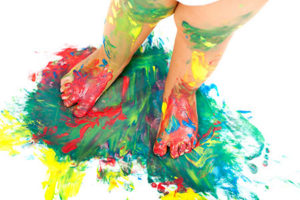
There’s nothing better than watching our kids growing bigger and stronger every day – and it seems to happen in the blink of an eye! As they grow and change, their feet do too. Bones get bigger, muscles and tendons lengthen and strengthen, the feet and legs function optimally as one stable unit, foot posture changes and develops – all to keep them walking, running and playing at their best! With all these changes it becomes difficult to differentiate between what’s normal and what can be a sign of an underlying problem.
To help you know what to look out for, we’ve put a list together a list of signs that your kids feet should be checked by a Podiatrist:
Pain and ‘growing pains’
Pain is our bodies response that something isn’t quite right and that something is triggering a pain response. Pain is
not a normal part of kids’ growth and development and should not have to be put up with or waited out. Thankfully, when we find the
cause of the pain – which may or may not be attributed to bone and muscle growth – we are able to address this cause and thereby alleviate the pain.
Can’t keep up with their classmates
If your kids can’t seem to be keeping up with their peers in the same age group then it may be due to the biomechanics of their feet, that is, how effectively their bones, joints and muscles work together to keep them running and playing all day. Often this comes down to poor foot posture causing the supporting muscles of the feet and legs to work much harder than they otherwise would which means legs get tired and ache much faster than they should be. This is not uncommon in kids with flat feet among other foot postures. Addressing these biomechanical abnormalities can get muscles working as they should and keep your little ones going!
Regular tripping or falling
If your child is tripping or falling over noticeably often, it could be an abnormality in the position of the feet or the way the feet/legs move during gait. In-toeing (pigeon-toeing) is an example of this as kids are more likely to trip up over their feet when they are rotated inwards in this position. It may also be due to a neuromuscular condition where the muscles are lacking the strength needed to clear the ground or function regularly. Through an assessment of the feet and legs, we are able to identify and address the cause to correct the issue and help stop abnormal falls.
Hesitation to show you their feet
If kids are hesitant to show you their feet, it could be because there’s something wrong but they’re afraid or having to go to the doctor or getting in trouble. This could be a muscular or structural foot pain, or damage to the skin like in rubbing against the shoe. If you don’t notice any obvious grazes, scratches, blisters or other superficial issues, it’s best to have them checked to see if there are underlying issues. Plus once they come in to see us here at Perform Podiatry, they’ll see we LOVE seeing kids and there’s nothing scary in our clinic!
Reluctant to participate in physical activity
If your child goes from being very active and loving to run and play to losing interest in participating in physical activities overnight, they may have foot or leg pain. It’s not uncommon for kids to not want to admit that they have painful feet or legs and instead insist that they simply ‘don’t want to do it’. If you notice this behaviour to an abnormal extent, bring your kids in to see us so we can identify what’s going on and how we can help.
Incoordination and odd walking patterns
Incoordination and odd movements can mean that structural or functional abnormalities of the feet and legs are affecting their ability to walk smoothly and effective. Underlying causes can include restrictions in motion of the joints, muscular tightness, neuromuscular conditions and weakness, among others. It may also be a case of a learnt walking pattern, such as toe walking, where a fun habit leads to chronic shortening of the achilles tendon to the point that the heel can no longer touch the ground. Bring them in for a check and we will diagnose the problem and get them on their way to walking, running and playing at their best!
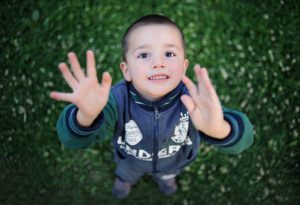
Overall, our golden rule is that if something is genuinely worrying you about your kids lower limbs and development, trust your instincts and don’t hesitate to bring them in. The sooner we identify and treat the cause, the sooner they can get back to skipping, hopping, running, playing and doing what kids do best!
Here at Perform Podiatry we are proud to be experts in the field of kids podiatry and treat a large variety of kids foot conditions ranging from biomechanical and alignment issues to ingrown toenails, warts and skin conditions. We’re committed to keeping kids happy, healthy, active so they can do the things they love!
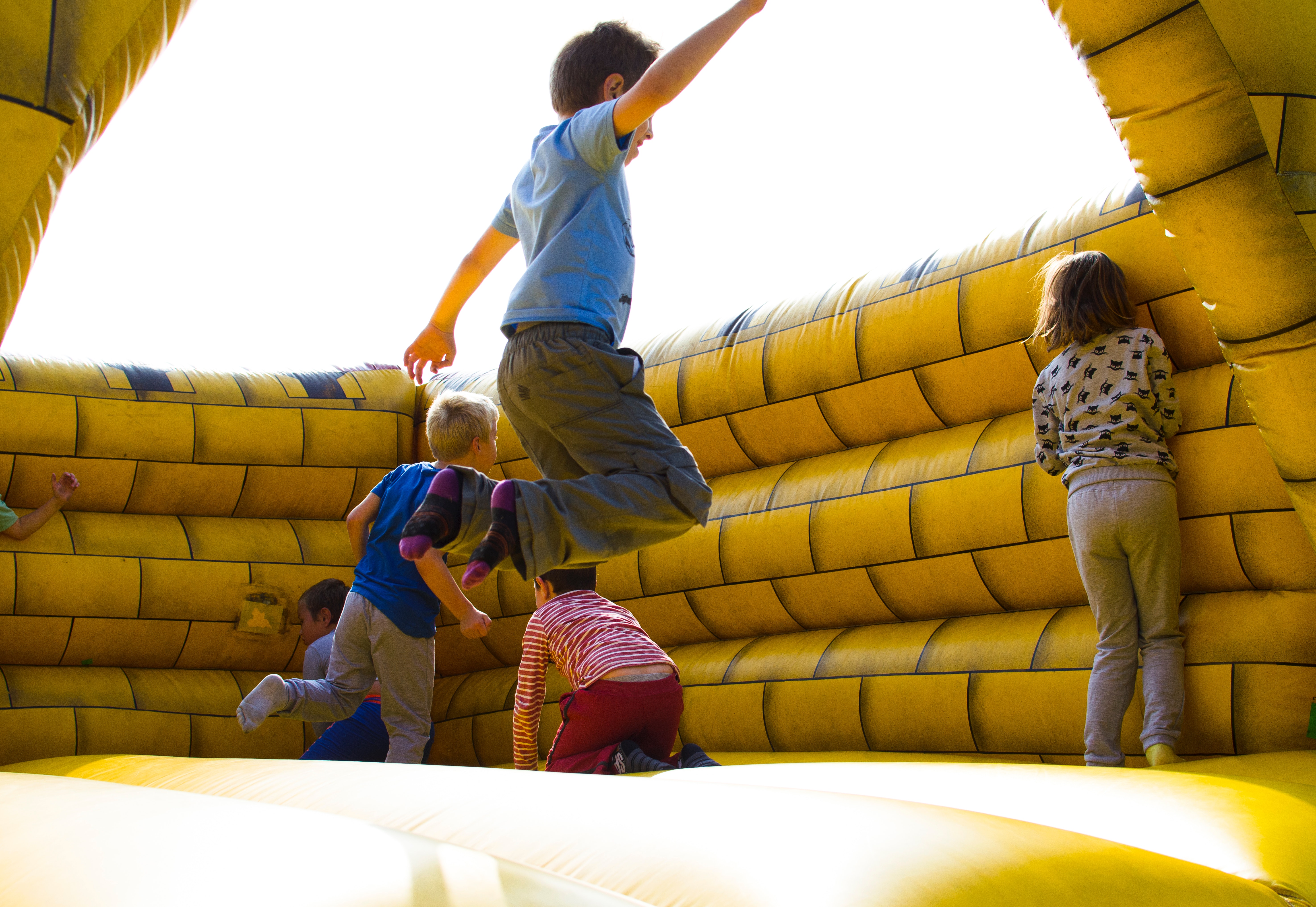
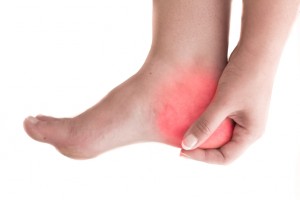 On our end, we conduct a comprehensive biomechanical assessment in which we:
On our end, we conduct a comprehensive biomechanical assessment in which we: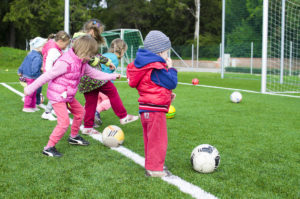 Getting involved in sports from an early age has a myriad of benefits. It gets kids active, builds on their teamwork skills, forms new friendships and is great for their strength building and coordination – among the various other mental, physical, social and emotional benefits.
We think that the Novak Djokovic Foundation words the benefits very well:
Getting involved in sports from an early age has a myriad of benefits. It gets kids active, builds on their teamwork skills, forms new friendships and is great for their strength building and coordination – among the various other mental, physical, social and emotional benefits.
We think that the Novak Djokovic Foundation words the benefits very well:
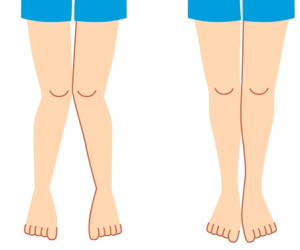 We love seeing kids here at Perform Podiatry. Partly because it’s hard to be away from our own and they brighten up our day, but largely because of the massive difference that we know we can make to their lives and development.
Kids should be able to run, play, explore, learn and have fun without being limited by pain or held back by foot or leg dysfunction. Thankfully, issues that arise in kids are usually much easier to manage than in adults. Today we thought we’d share on a condition that we’ve had a few questions about lately from concerned parents – knock knees!
We love seeing kids here at Perform Podiatry. Partly because it’s hard to be away from our own and they brighten up our day, but largely because of the massive difference that we know we can make to their lives and development.
Kids should be able to run, play, explore, learn and have fun without being limited by pain or held back by foot or leg dysfunction. Thankfully, issues that arise in kids are usually much easier to manage than in adults. Today we thought we’d share on a condition that we’ve had a few questions about lately from concerned parents – knock knees!
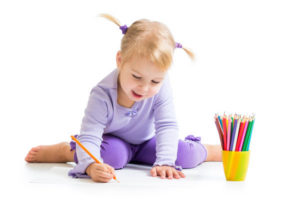 Are your kids ‘W’ sitting? Keep an eye out these school holidays!
School holidays are almost here so for many of us, life is about to get just that little bit more hectic! It also gives us that little more time to see our kids in action – laughing, playing… and sitting! And sitting can be a biggie, because there’s a type of sitting that is actually detrimental to your children’s posture and can affect their development! It’s called ‘W’ sitting.
Are your kids ‘W’ sitting? Keep an eye out these school holidays!
School holidays are almost here so for many of us, life is about to get just that little bit more hectic! It also gives us that little more time to see our kids in action – laughing, playing… and sitting! And sitting can be a biggie, because there’s a type of sitting that is actually detrimental to your children’s posture and can affect their development! It’s called ‘W’ sitting.
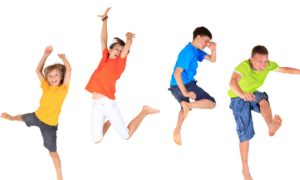 While Sever’s is a frustrating, painful and upsetting condition, you don’t need to put up with it or wait months hoping that it will resolve.
While Sever’s is a frustrating, painful and upsetting condition, you don’t need to put up with it or wait months hoping that it will resolve.

 Overall, our golden rule is that if something is genuinely worrying you about your kids lower limbs and development, trust your instincts and don’t hesitate to bring them in. The sooner we identify and treat the cause, the sooner they can get back to skipping, hopping, running, playing and doing what kids do best!
Here at Perform Podiatry we are proud to be experts in the field of kids podiatry and treat a large variety of kids foot conditions ranging from biomechanical and alignment issues to ingrown toenails, warts and skin conditions. We’re committed to keeping kids happy, healthy, active so they can do the things they love!
Overall, our golden rule is that if something is genuinely worrying you about your kids lower limbs and development, trust your instincts and don’t hesitate to bring them in. The sooner we identify and treat the cause, the sooner they can get back to skipping, hopping, running, playing and doing what kids do best!
Here at Perform Podiatry we are proud to be experts in the field of kids podiatry and treat a large variety of kids foot conditions ranging from biomechanical and alignment issues to ingrown toenails, warts and skin conditions. We’re committed to keeping kids happy, healthy, active so they can do the things they love!